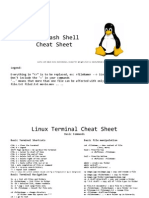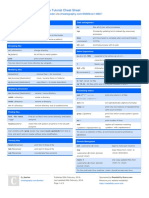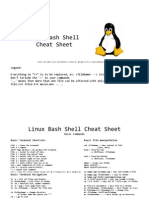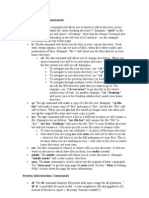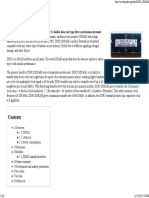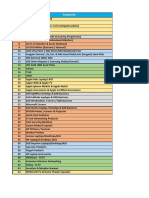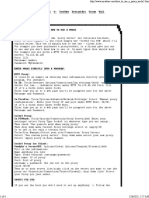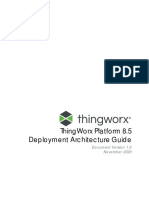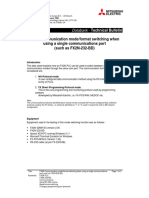0% found this document useful (0 votes)
69 views2 pagesM Ashraf - Linux Basics
This document provides a cheat sheet summarizing common Linux commands and files system structure in 3 pages. It outlines key directories like /bin, /boot, /etc, and their purposes. It also describes commands for managing users and groups, navigating directories, finding files, and editing text files. Finally, it summarizes the apt package manager and common operations on files and directories like copying, moving, renaming, and deleting files.
Uploaded by
Mindble SolutionsCopyright
© © All Rights Reserved
We take content rights seriously. If you suspect this is your content, claim it here.
Available Formats
Download as PDF, TXT or read online on Scribd
0% found this document useful (0 votes)
69 views2 pagesM Ashraf - Linux Basics
This document provides a cheat sheet summarizing common Linux commands and files system structure in 3 pages. It outlines key directories like /bin, /boot, /etc, and their purposes. It also describes commands for managing users and groups, navigating directories, finding files, and editing text files. Finally, it summarizes the apt package manager and common operations on files and directories like copying, moving, renaming, and deleting files.
Uploaded by
Mindble SolutionsCopyright
© © All Rights Reserved
We take content rights seriously. If you suspect this is your content, claim it here.
Available Formats
Download as PDF, TXT or read online on Scribd
/ 2




